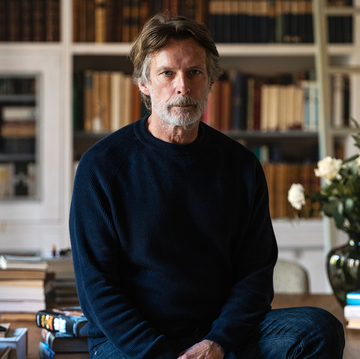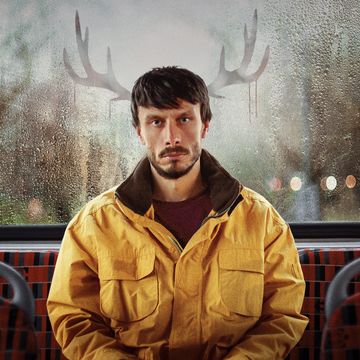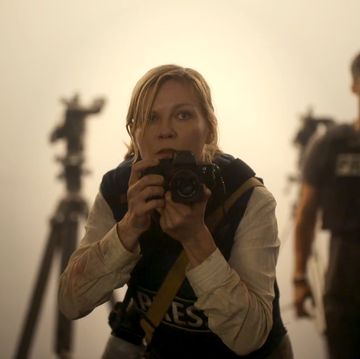John Lennon had big plans for 1981.
He intended to work with his good friend Ringo Starr on a comeback album for the Beatles drummer. Word was, Paul McCartney and George Harrison were game to chip in, too. We might have seen the first full Beatles collaboration since the making of Abbey Road in the summer of 1969.
Lennon also had a daring project in mind for himself. He wanted to go on tour – his first since The Beatles played the U.S. in the summer of 1966. The son of a sailor, who had just discovered the joys and challenges of sailing the previous summer, Lennon hoped to travel from port to port instead of slogging it out in the traditional rock star tour bus. A Beatle back on the road in 1981 was guaranteed to be a major event. John Lennon, a recluse from 1975 to 1980, going from town to town? A media circus.
Lennon was in a very good place when a deranged gunman took his life in front of the Dakota on Dec. 8, 1980. Earlier that year, he released Double Fantasy, a collaboration with his wife Yoko Ono. It marked John's first original music since Walls and Bridges, six years earlier. Ideas were flowing, like they had in the good old days. His fans were excited. He ended up recording so much stuff that another album of new songs, Milk and Honey, came out a few months after Double Fantasy.
The world hoped that the Fab Four would come together one more time. A Beatles reunion obsessed fans and media members from the moment, in April 1970, when Paul McCartney opportunistically broke the news of the seismic split to the world. His motive was to goose interest in his first solo album, McCartney. Lennon's infamous response was to write and sing a scathing rebuke called "How Do You Sleep," which portrayed his former writing partner as a hack songsmith who specialized in creating muzak. (It's a testament to McCartney's iron will that he mustered the strength to get out of bed after Lennon eviscerated him, much less forge a highly successful solo career.)
Time healed the wounds and made the reunion more likely. In 1976, when Saturday Night Live creator Lorne Michaels drolly offered The Beatles $3,200 to reunite and perform on SNL, McCartney happened to be hanging out with Lennon uptown at the Dakota. They toyed with the idea of going on the show that night, but Lennon was ultimately too tired.
There were times when it seemed that Paul, George Harrison and Ringo Starr were all game to team back up. But Lennon was invariably the one with the veto power. When he visited radio station WNEW-FM in New York on Sept. 28, 1974, the musician playfully raised the subject of a reunion when he noted that relations between the four were "warm, very warm."
"Are they getting together?" Lennon asked during his radio appearance… "There's always a chance we'd work together ... I could see us making records … Why not?"
Lennon's ambitions were clear enough at the time he died to picture a career further down the road. Perhaps the musician might have performed with his son, Julian, who became a star in his own right in 1986, with the release of his first solo album, Valotte. Lennon pioneered the concept of collaborating with his wife, Yoko. Maybe a father-and-son reunion would have been in the offing, too.
Beyond making music and collaborating with those three famous Liverpoolmates, Lennon would have made his presence felt throughout the 21st century. He might have touched the digital revolution, like no other pop star. Lennon had a natural flair and a gift for taking phrases and slogans and turning them into indelible cultural touchstones: "All You Need Is Love," "Give Peace A Chance," "Instant Karma," "War Is Over (if You Want It)," "Power to the People," "Mind Games," "Whatever Gets You Through the Night," "Watching the Wheels." If only Twitter had been around for the musician's activist years.
John Lennon would have turned 75 years old on October 9. We don't need to know how he would have changed today's cultural landscape to be certain that he would have. But we can imagine.
Jon Friedman is the author of Forget About Today: Bob Dylan's Genius for (Re-)Invention, Shunning the Naysayers, And Creating A Personal Revolution
This article was originally published on Esquire.com













